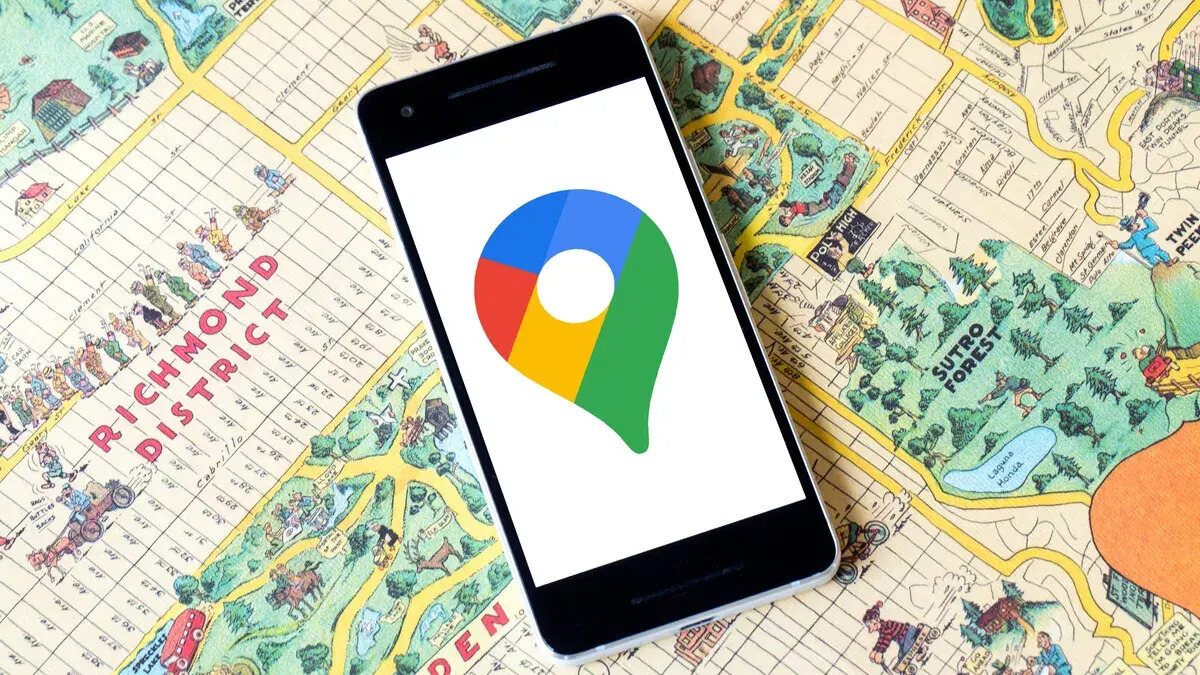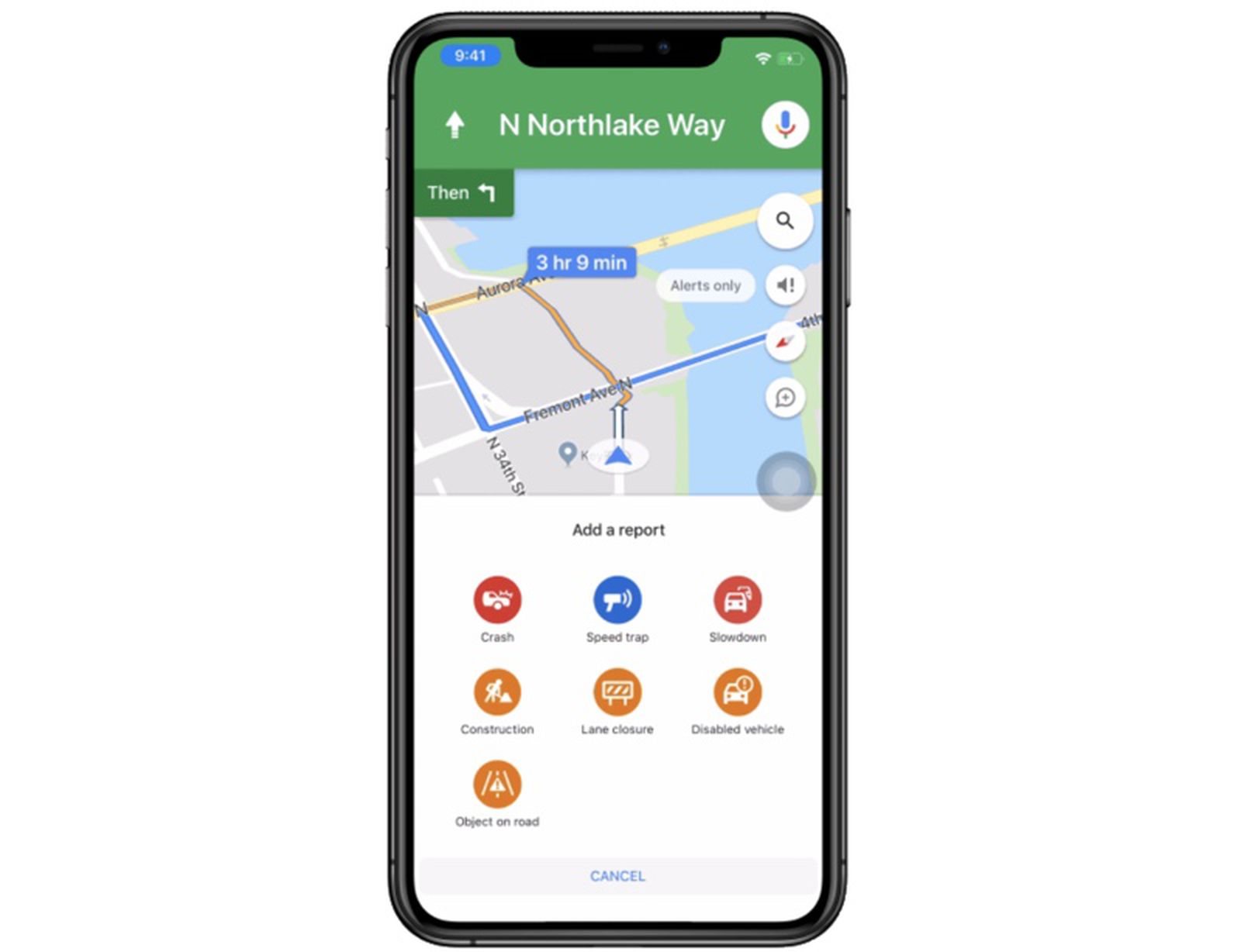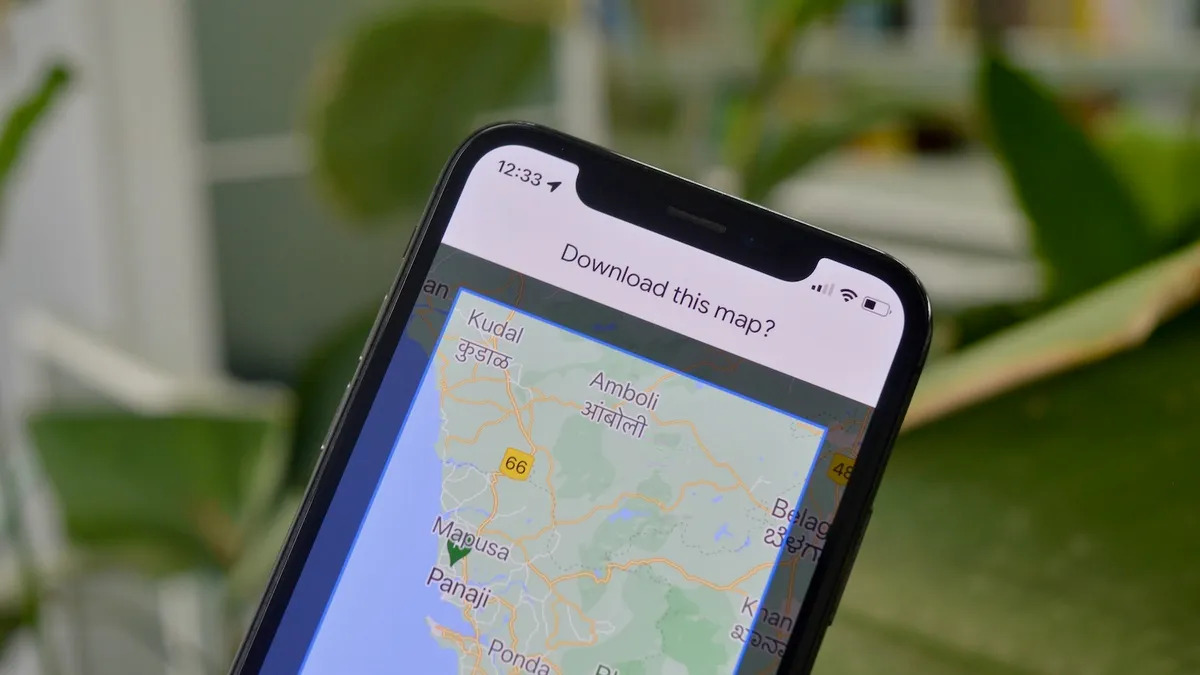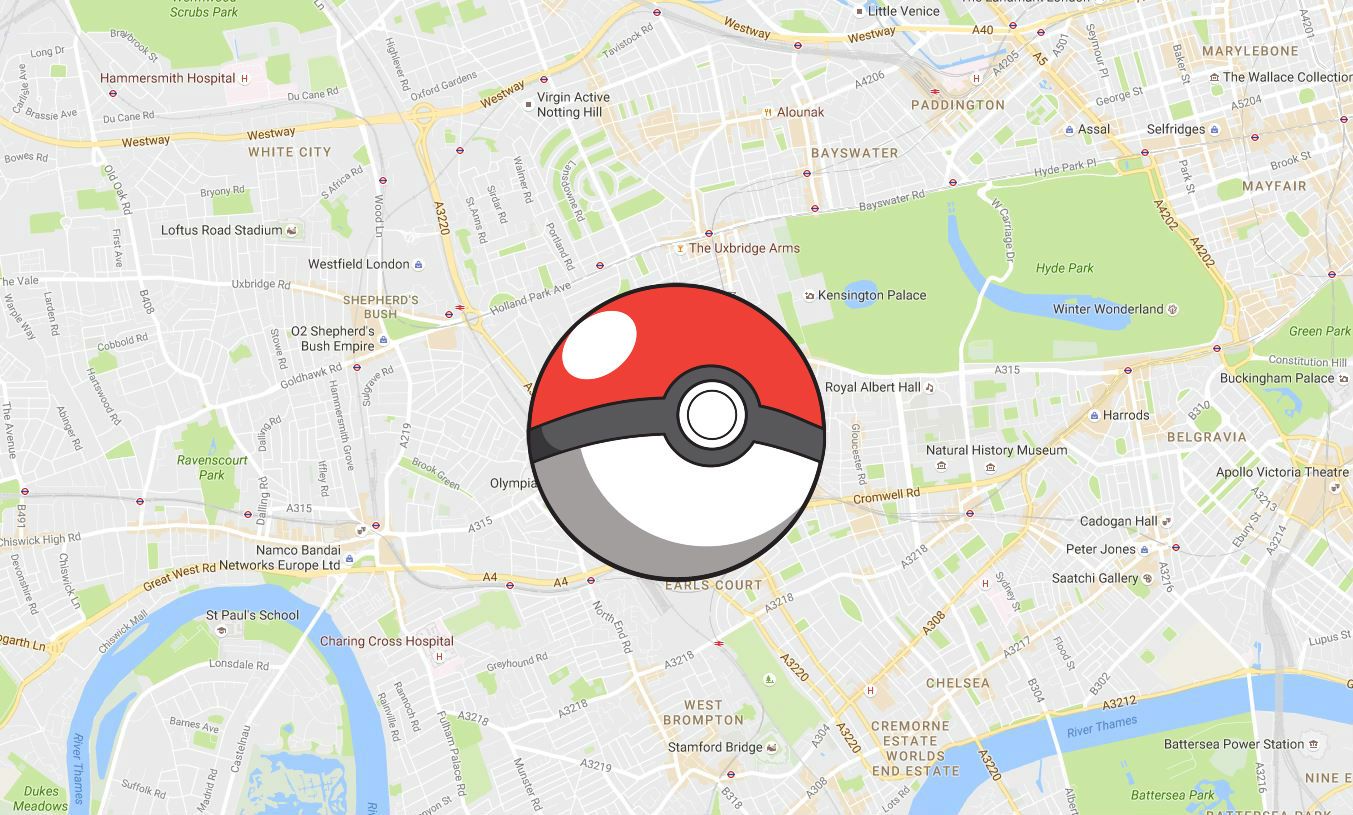Why Download Maps with Google Maps?
Google Maps is an invaluable tool for navigating our modern world. Whether you are exploring a new city, planning a road trip, or simply trying to find the closest coffee shop, Google Maps provides detailed and accurate directions to help you reach your destination. While online connectivity is essential for real-time navigation, there are several compelling reasons why you should consider downloading maps with Google Maps for offline use.
First and foremost, downloading maps allows you to access them even when you don’t have an internet connection. This is particularly useful when traveling to areas with limited or no internet access, such as remote locations or foreign countries where roaming charges may be exorbitant. By having offline maps available, you can navigate confidently without worrying about losing signal or incurring additional costs.
Furthermore, downloading maps can significantly reduce your data usage. When you rely solely on online maps, each time you view directions or explore an area, your mobile data is consumed. However, by downloading maps in advance, you can save on data usage and extend the battery life of your device, especially during long journeys or when you have limited data plans.
Another advantage of downloading maps with Google Maps is the ability to enjoy a more seamless and uninterrupted navigation experience. With offline maps, you don’t have to rely on slow or unstable internet connections, which can lead to frustrating delays and interruptions in directions updates. Offline maps ensure a smoother navigation experience, even in areas with poor internet coverage.
Moreover, downloading maps with Google Maps allows you to customize your maps by adding personal labels and markers. This can be extremely useful for trip planning, as you can highlight specific locations, create notes, and save favorite spots directly on your downloaded maps. This level of personalization enhances the usability of the maps and makes them a valuable tool not only for navigation but also for organizing your travel itinerary.
Lastly, downloading maps with Google Maps provides a sense of security and preparedness. You can rest assured that you have access to reliable directions and maps even if unexpected circumstances arise, such as getting lost, experiencing navigation app glitches, or running out of battery. Having offline maps as a backup plan ensures that you are always prepared for any situation.
In summary, downloading maps with Google Maps offers numerous advantages, including offline access, reduced data usage, seamless navigation, customization options, and increased security. By taking advantage of this feature, you can navigate confidently and efficiently, ensuring a stress-free travel experience.
Step-by-Step Guide to Downloading Maps
Downloading maps with Google Maps is a straightforward process that can be done in just a few simple steps. Whether you’re using an Android or iOS device, here’s a step-by-step guide to help you download maps for offline use:
- Launch the Google Maps app on your device.
- Ensure that you are signed in to your Google account.
- Search for the area or location you want to download by typing it into the search bar.
- Once you have the desired location on your screen, tap on it to bring up additional information.
- Scroll down and tap on the “Download” button located below the location’s name and address.
- Choose the size of the map area you want to download. You can adjust the size by zooming in or out on the map.
- Tap on the “Download” button to start the download process. Make sure you are connected to a Wi-Fi network to avoid using your mobile data.
- Wait for the download to complete. The progress will be displayed on the screen.
- Once the download is finished, the map will be available for offline use under the “Offline maps” section of the Google Maps menu.
Remember that the downloaded maps have a limited validity period, typically around 30 days. After this period, you will need to update the maps to ensure you have the most up-to-date information. You can do this by following the same steps as above and tapping on the “Update” button instead of the “Download” button.
It’s important to note that downloading maps will take up storage space on your device. If you have limited storage capacity, consider periodically deleting unused or outdated maps to free up space for new downloads.
With the step-by-step guide provided above, you can easily download maps with Google Maps and have them readily available for offline use. Whether you’re traveling to a remote area or simply want to conserve data, downloading maps ensures you always have access to reliable navigation, no matter the circumstances.
How to Download Maps on Android Devices
Downloading maps on Android devices with Google Maps is a simple process that allows you to access them offline whenever you need them. To download maps on your Android device, follow these step-by-step instructions:
- Open the Google Maps app on your Android device.
- Ensure that you are signed in to your Google account.
- Tap on the menu icon (three horizontal lines) in the top left corner of the screen to open the side menu.
- Select “Offline maps” from the menu options.
- Tap on the “Select your own map” option.
- Use your fingers to zoom in or out and adjust the map area you want to download. You can also move the map around to select a specific location.
- After selecting the desired map area, tap on the “Download” button located at the bottom of the screen.
- If prompted, give the map a name to easily identify it.
- Choose whether you want to download the map using Wi-Fi or mobile data. It is recommended to use Wi-Fi to avoid data charges.
- Tap on the “Download” button to start the download process.
- Wait for the download to complete. The progress will be displayed on the screen.
- Once the download is finished, the map will be saved for offline use under the “Offline maps” section in the side menu.
Remember to periodically update your downloaded maps to ensure you have the latest information. To do this, follow the same steps and tap on the “Update” button instead of the “Download” button when viewing the desired map area.
Downloading maps on Android devices with Google Maps provides you with the convenience of accessing navigation even in areas with poor or no internet connectivity. It also helps reduce data usage and allows for a smoother and uninterrupted navigation experience.
By following the step-by-step instructions outlined above, you can easily download maps on your Android device and have them readily available for offline use whenever you need them.
How to Download Maps on iOS Devices
Downloading maps on iOS devices with Google Maps is a simple process that allows you to access them offline whenever you need them. To download maps on your iOS device, follow these step-by-step instructions:
- Launch the Google Maps app on your iOS device.
- Ensure that you are signed in to your Google account.
- Tap on the menu icon (three horizontal lines) in the top left corner of the screen to open the side menu.
- Tap on “Offline maps” from the menu options.
- Tap on the “+” button located in the bottom right corner of the screen.
- Use your fingers to zoom in or out and adjust the map area you want to download. You can also move the map around to select a specific location.
- After selecting the desired map area, tap on the “Download” button located at the bottom of the screen.
- If prompted, give the map a name to easily identify it.
- Choose whether you want to download the map using Wi-Fi or mobile data. It is recommended to use Wi-Fi to avoid data charges.
- Tap on the “Download” button to start the download process.
- Wait for the download to complete. The progress will be displayed on the screen.
- Once the download is finished, the map will be saved for offline use under the “Offline maps” section in the side menu.
Remember to periodically update your downloaded maps to ensure you have the latest information. To do this, follow the same steps and tap on the “Update” button instead of the “Download” button when viewing the desired map area.
Downloading maps on iOS devices with Google Maps provides you with the convenience of accessing navigation even in areas with poor or no internet connectivity. It also helps reduce data usage and allows for a smoother and uninterrupted navigation experience.
By following the step-by-step instructions outlined above, you can easily download maps on your iOS device and have them readily available for offline use whenever you need them.
How to Download Maps for Offline Use
Downloading maps for offline use with Google Maps is a convenient feature that allows you to access navigation and explore areas even without an internet connection. Here’s a step-by-step guide on how to download maps for offline use:
- Open the Google Maps app on your device.
- Ensure that you are signed in to your Google account.
- Search for the desired location or area that you want to download.
- Once the location is displayed on the map, tap on it to bring up more information.
- Scroll down and tap on the “Download” button located below the location name and address.
- Choose the size of the map area you want to download by adjusting the zoom level.
- Tap on the “Download” button to initiate the download process.
- Depending on the size of the map area and your internet connection speed, the download may take a few moments to complete.
- Once the download is finished, the map will be saved for offline use and accessible in the “Offline maps” section of the Google Maps app.
Keep in mind that downloaded maps have an expiration date, typically around 30 days. After this period, the maps will need to be updated to ensure you have the latest information. Simply follow the same steps to update the downloaded maps.
To access the downloaded maps for offline use, you can simply open the Google Maps app and navigate to the “Offline maps” section. Here, you will find all the maps you have downloaded and can use them for navigation even without an internet connection.
Downloading maps for offline use is a great way to ensure you can navigate and explore areas even when you don’t have access to the internet. It is particularly useful when traveling to remote locations with limited connectivity or when you want to minimize data usage while still enjoying the benefits of Google Maps.
By following the step-by-step instructions above, you can easily download and access maps for offline use, enhancing your navigation experience and providing peace of mind wherever your journeys take you.
How to Update Downloaded Maps
It’s important to keep your downloaded maps updated to ensure you have the latest information and accurate navigation when using Google Maps offline. Updating downloaded maps is a simple process that can be done in a few easy steps:
- Open the Google Maps app on your device.
- Ensure that you are signed in to your Google account.
- Tap on the menu icon (three horizontal lines) in the top left corner to open the side menu.
- Select “Offline maps” from the menu options.
- In the “Offline maps” section, you will see a list of all the maps you have downloaded.
- Find the map you want to update and tap on it to open its details.
- If an update is available for the map, you will see an “Update” button. Tap on it to start the update process.
- Depending on the size of the update and your internet connection speed, the update may take a few moments to complete.
- Once the update is finished, the map will be refreshed with the latest information and any outdated data will be replaced.
It’s recommended to periodically check for updates to ensure the accuracy of the downloaded maps. This is especially important if you plan to use the maps for an extended period or if you frequently travel to areas with rapidly changing infrastructure.
Updating downloaded maps not only ensures you have access to the latest navigation information, but it can also provide additional features or improvements to enhance your offline navigation experience.
By following the step-by-step instructions above, you can easily update your downloaded maps on Google Maps. Keeping your offline maps up to date will ensure you have reliable and accurate navigation even when you don’t have an internet connection.
Tips and Tricks for Efficient Map Downloads
Downloading maps for offline use can greatly enhance your navigation experience with Google Maps. To make the most of this feature and ensure efficient map downloads, consider the following tips and tricks:
- Prioritize important areas: If you have limited storage space on your device, prioritize downloading maps for areas where you will be spending the most time or areas with poor internet connectivity.
- Select only necessary map details: When downloading maps, choose the level of detail that is necessary for your needs. Higher levels of detail require more storage space, so consider selecting a moderate level to balance space and functionality.
- Download maps on Wi-Fi: To avoid using your mobile data and potential data charges, make sure to download maps when you are connected to a Wi-Fi network.
- Plan ahead: If you know you will be traveling to multiple locations or covering a large area, plan your map downloads in advance. This way, you can ensure that you have access to all the necessary maps while minimizing last-minute downloads.
- Keep downloaded maps up to date: Regularly check for map updates and refresh your downloaded maps to ensure you have the latest information. Outdated maps can lead to inaccurate directions and missing points of interest.
- Maximize storage space: If you’re running low on storage space, consider deleting maps that you no longer need or updating previously downloaded maps to take advantage of any storage-saving optimizations.
- Take advantage of labeling and note-taking features: While downloading maps, utilize the labeling and note-taking features within Google Maps to add personalized markers, labels, or notes to enhance your navigation experience and trip planning.
- Test downloaded maps before your trip: To ensure that your downloaded maps are working properly and providing accurate navigation, test them while still connected to the internet before relying on them in offline mode.
- Periodically check for new offline features: Google Maps regularly introduces new features and improvements for offline maps. Stay updated with the latest app version to take advantage of these enhancements.
- Explore areas of interest in advance: Before going offline, explore the areas you will be visiting on Google Maps while still connected. This allows you to save important locations, search for points of interest, and familiarize yourself with the area for a smoother offline navigation experience.
By implementing these tips and tricks, you can optimize your map downloads, save storage space, and have a seamless and efficient offline navigation experience with Google Maps.
Troubleshooting Common Download Issues
While downloading maps for offline use with Google Maps is a straightforward process, there can be instances when you encounter issues. Here are some common download issues and troubleshooting steps to help you overcome them:
- Insufficient storage space: If you receive a “Not enough space” error message, free up storage space on your device by deleting unnecessary apps, photos, or videos. Alternatively, consider using external storage options such as an SD card.
- Connection lost during download: If your internet connection drops while downloading a map, ensure that you are connected to a stable Wi-Fi network or a strong mobile data signal. Retry the download to resume where it left off.
- Map download stuck on “Downloading…” or “Waiting for network”: Close and reopen the Google Maps app to refresh the download process. Ensure a stable internet connection, and if necessary, restart your device and try downloading again.
- Expired or outdated maps: If you receive a notification that your downloaded maps have expired or are outdated, open the “Offline maps” section in Google Maps and tap on the particular map to update it. Make sure you have an active internet connection to download the updated map.
- Unable to find downloaded maps: If you cannot locate the downloaded maps within the “Offline maps” section, try signing out and signing back into your Google account. If the issue persists, uninstall and reinstall the Google Maps app on your device.
- Maps not available for download: Some locations or regions may have restrictions on downloading maps due to licensing or data availability. If you are unable to download a map for a specific area, consider reaching out to local tourist information centers or using alternative offline map apps.
- Map errors or missing information: In rare cases, downloaded maps may contain errors or missing information. To report such issues, go to the Google Maps app menu, select “Help & Feedback,” and submit a detailed report to Google. This helps them improve the accuracy and quality of their maps.
- Update or reinstall the Google Maps app: If you continue to experience download issues, update the Google Maps app to the latest version or try uninstalling and reinstalling it. This can resolve any software-related conflicts or glitches that may be causing the problem.
- Contact Google Support: If all else fails, reach out to Google’s support team for further assistance. They can provide personalized troubleshooting steps or investigate any technical issues that may be affecting your map downloads.
By following these troubleshooting steps, you can often resolve common download issues and ensure a smooth and successful map download process with Google Maps.
Conclusion
Downloading maps with Google Maps for offline use is a valuable feature that enhances your navigation experience. Whether you’re traveling to remote areas with limited internet access or looking to minimize data usage, offline maps provide reliable directions and access to vital information even without an internet connection.
In this article, we explored the reasons why downloading maps with Google Maps is beneficial. We discussed the ease of accessing offline maps, reducing data usage, enjoying uninterrupted navigation, and the ability to personalize maps with markers and labels.
We also provided step-by-step guides on how to download maps on both Android and iOS devices. Additionally, we covered essential information on how to update downloaded maps, troubleshoot common download issues, and shared tips and tricks for efficient map downloads.
By following the instructions and tips provided, you can navigate confidently with Google Maps, even in areas with limited or no internet connectivity. Downloading maps offers peace of mind, convenience, and the ability to explore new places without worrying about connectivity issues or excessive data usage.
Make the most of the offline maps feature by planning ahead, staying updated with map updates, and customizing your maps to suit your needs. By utilizing these tools, you can ensure a seamless and enjoyable navigation experience with Google Maps.
So, download your maps today and embark on your journeys with confidence, knowing that reliable navigation is just a tap away, regardless of your internet connection!

























